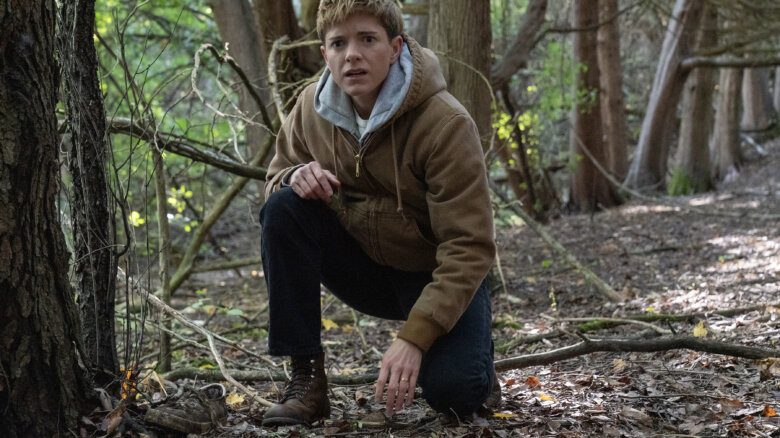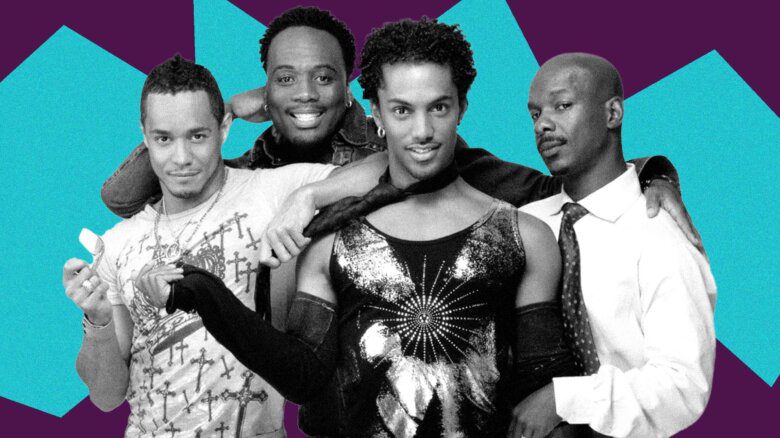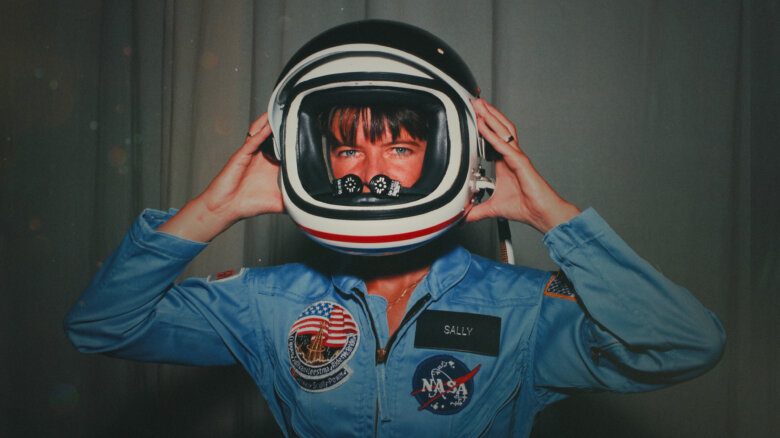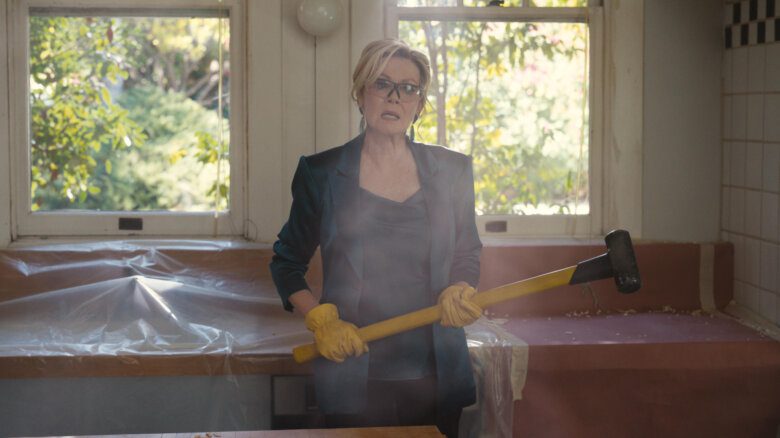When Toronto-based filmmaker Philip J. Connell set out to make his first feature film in 2019, he knew that he had a shot at casting a major Hollywood star.
A graduate of Queen’s University’s Smith School of Business in 2001, Connell has found a way to combine his love of films and his skills in strategic management throughout the first two decades of his career. While directing a series of short films in 2013, he began working on the screenplay of his first independent film, entitled Jump, Darling.
A moving story that examines the daunting consequences that come with choosing unconventional paths, the intergenerational family drama follows an amateur drag queen who moves to the countryside to stay with his ailing grandmother, who is determined to avoid being admitted to the local nursing home.
“As a gay man, family dramas are often really exciting pieces when you have a really strong, powerful and matriarchal performance from someone you love and cherish,” Connell explains. “I believed that we had an opportunity to cast a star [in the role of Margaret, the grandmother] because I had this idea in my head that if you were over 85, were still working and were still a star, then you probably don’t get that many chances to carry a movie anymore. At that point, your legacy is set. If it’s great, it’s another feather in your cap. If it’s not good, nobody will see it. So, why not take the risk on a first feature?”
After a few unsuccessful approaches to other veteran actors, Connell and the rest of his production team realized that they had overlooked one of the most beloved actors of the last seven decades: Oscar, Emmy and Golden Globe-winning actress Cloris Leachman. “When she came on our radar, it was like a shoe dropped. ‘Oh my God, how did we miss Cloris?!’” Connell recalls. He is forever grateful to have worked with Leachman on one of her final films. (Leachman passed away earlier this year at the age of 94.)
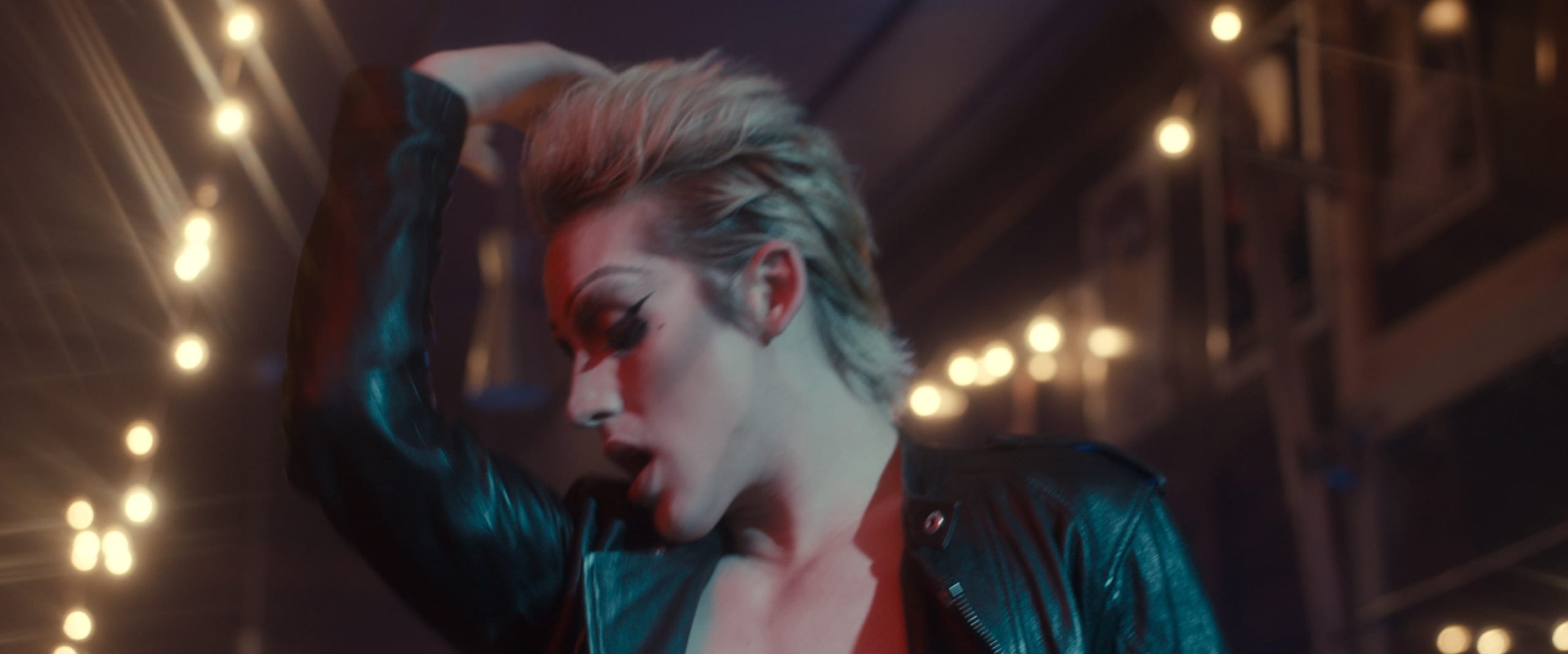
Credit: Viktor Cahoj
“Cloris was known to be indie-friendly and was also quite a bit older than some of the other actors that we had approached. There are not very many actors at all over the age of 90 still working, so it started to feel right. Even in the initial conversations, you got the sense that this one might work out. We were overjoyed when her team called and said she would love to do it.”
With the help of his casting director Jesse Griffiths, Connell was tasked with the formidable challenge of finding an actor to play Russell, the amateur drag queen, who would star opposite one of the most decorated actresses of the 20th century. In the end, Connell and his team decided to do an open casting call nationwide, where they saw over 150 people before choosing Toronto-based actor Thomas Duplessie. (Connell and Duplessie would begin dating shortly after wrapping production. They now live together.)
In a recent Zoom conversation with Xtra, Connell and Duplessie reflect on the unforgettable experience of working with Leachman in her final leading role, their own experiences with the evolving drag scene in Toronto and the challenges of seeing this project through as personal and professional partners.
Philip, let’s start right from the beginning: What inspired you to tell this incredibly moving and beautiful story?
Connell: I knew that I wanted to make a family drama because those were the films that got me interested in making films, and it was a reasonable scale for a first feature. Around the time that I was writing it, I started having end-of-life care conversations with my own grandmother, [who was] at an earlier stage than Margaret in the film. When I visited her, it was always in a small town. I had that city versus country experience of visiting her, and she’s also the one that bought a family cottage in Prince Edward County [where the film is mainly set], so I’ve been going there for the last 20 years.
I was finding that I was writing a character who was choosing life as a queer artist, struggling with the specific challenges of that choice and making his queerness a part of his art. I found the most interesting way to express that set of ideas and to explore that in a non-autobiographical way was to set it in drag.
Cloris was such a bright light in the entertainment world, even towards the end of her life and career. What were your biggest takeaways from working with her? Were you just trying to absorb as much as possible from her during those two weeks of shooting with her?
Duplessie: She showed up with over 70 years of performing experience, so you couldn’t help but really absorb as much as you could. What I took away most from her was her incredible ability to truly live in the moment and be so present. At the end, I said, “Thank you so much. You taught me so much.” And she said, “What did I teach you?” And I said, “Well, you taught me how to be in the moment. You were so present; you never knew what was going to happen next.” And she was like, “No, I never know. I’m always surprised. That’s all there is.” I think I just took in her spontaneity and presence.
Connell: There were a lot of things, but maybe her joy for the work. She clearly loved to work; she saved all her energy for the work and you just saw how much joy it brought her. She was part of this very small, intimate, largely inexperienced crew. This was a debut feature and it was certainly the biggest project that a lot of people had worked on. None of that really mattered to her. She didn’t need to be part of a giant production apparatus. The script was interesting to her and her team, so she was willing to show up and do it.
I also remember there were a couple scenes that we would shoot and she tried something that wasn’t working for me tonally. What she would do would often be totally amazing—everything I wanted and more—but there were a couple of moments where she would do something that I wasn’t looking for. I just remember one particular instance where that happened, and as soon as she saw me approaching, she was like, “I know, I had it all wrong.” You could kind of sense this shame and sadness come over her and I just remember thinking, “Wow, 70 years later, you’re still an insecure artist. We’re all just insecure artists till the end.” It didn’t matter that she had a shelf full of awards and all these accolades. She still cared so much about delivering the goods and still suffered under the weight of being able to do that, and I thought that vulnerability was incredible.
What kind of legacy do you think Cloris leaves, specifically when it comes to working on projects that portray queer people in a way that is authentic and empathetic?
Duplessie: I think her legacy as an ally is cemented. She always championed gay rights before it was in the mainstream, if you could say that. I think she’ll always be remembered as one of the best Hollywood allies. That was a great thing to have on set, knowing that she was in your corner.
Connell: I think, for us, the idea that she took a risk on this tiny Canadian feature in which she takes this leading role that is very close to her personally because of her advanced age and that has such a queer-forward edge to it, is such a strong act of allyship, as well as a personal act of generosity. Given what a giant of the industry she was at that stage of her life, that speaks volumes. It was a real testament to her allyship, regardless of the fact that she was a judge on [RuPaul’s] Drag Race or the Grand Marshall [of San Francisco’s 2009 Pride Parade]. It was just part of the work for her.
This film also features Canada’s Drag Race star Tynomi Banks and Toronto drag queens Miss Fiercalicious and Fay Slift. Philip, have you had any personal experience with drag and how did speaking with those performers influence the way you wrote this script?
Connell: No, I don’t have any experience with drag other than being a consumer of drag as a queer Toronto person. Drag was a feature of the duality of my life—my straight friends and my family [on one side], and going to these gay bars and experiencing the functions that drag performs for the community in terms of confronting our shame and tearing down barriers [on the other]. The connection, for me, was just choosing life as an artist and the difficulty, the judgement and the precariousness that comes with that decision. That was something that was familiar to me, and I wanted to look at that through the lens of drag.
It takes courage and stamina to pursue a passion for a particular artform, and it takes personal vulnerability. I actually met with a lot of drag performers to craft this script—Fay and Tynomi among them—so elements of their personal life stories are actually in the script. [In] the big scene that Fay has with Russell at the end, a lot of that narrative is built from Fay’s personal story.
Thomas, you had four performances where you really transformed into your character’s drag identity, Fishy Falters. Given that you had never done drag before, how did you prepare for this role and what did you learn during that creative process?
Duplessie: I was lucky because I have a friend who is the artistic director of a theatre company, so he had access to a wardrobe department while I was doing a play before we went into production for this. He supplied me with some women’s heels, so I was able to learn how to walk, run and eventually dance in heels. I’d also gone to school for musical theatre, so I had a bit of dance training.
Then, as a connoisseur of drag in Toronto for the 12 years that I’ve lived here, I was just living my drag fantasy. I took a few lessons from Tynomi, and she showed me that unless you’re feeling yourself 110 percent, it’s not worth doing. Tynomi is just incredible. I just watched her do her thing, took that energy, took that confidence that she brings to it, and then tried my best.
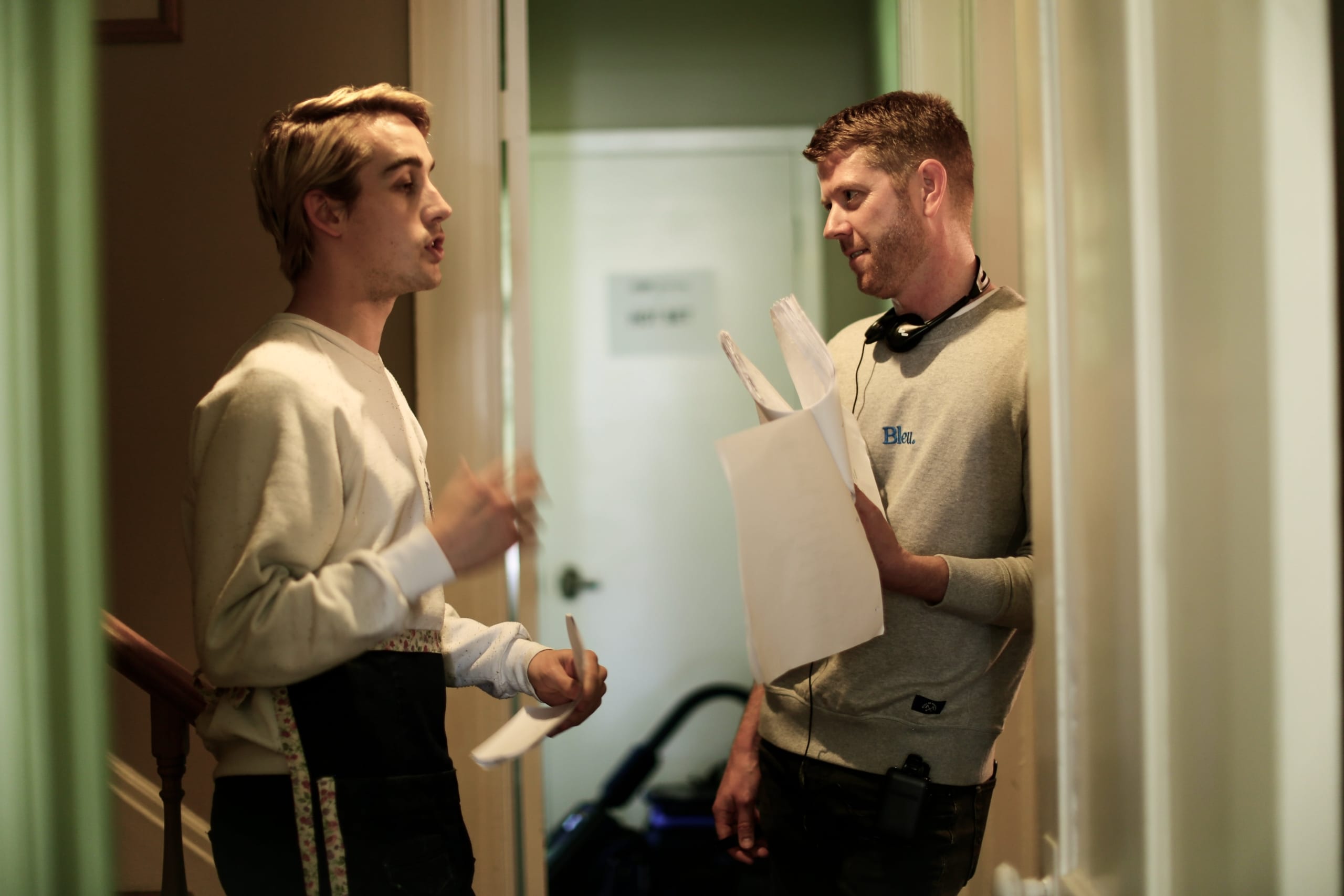
Credit: Haley Garnett Photography
You started this project as writer-director and actor, but you wrapped it as a couple. How did you guys get together?
Duplessie: We actually wrapped it not as a couple. Nothing was said or acknowledged until after we wrapped; we kept everything professional. We weren’t even sure if the other was feeling the same way. It wasn’t until the wrap party and I was going away in two days for another theatre contract, so time was of the essence, so to speak. [They both laugh.] Phil broke the ice and said that he had felt a certain way, asked if I was feeling it too, and I said yeah. Then, we started dating kind of right there.
What has it been like to see this project through until the end as a couple?
Duplessie: We’ve been living together since the pandemic hit, so being intimately tied to the project as the lead is one thing, but to be around and to witness the entire post-production process was also a very intimate experience. It has its challenges, but it’s been great. I wouldn’t change anything.
Connell: Yeah, I think Thomas has been very patient. He’s been around and has seen all of the stuff that has been happening—all of the ups and downs of post-production. I think that’s been both positive and negative, right? On the one hand, he knows if he was the lead actor and we weren’t together, he would probably be sitting there, asking, “What’s happening?!” The benefit is that he knows lots of progress is being made. The downside is he’s living all of those ups and downs as I am, but it was important to me to not share the movie with him until it was finished. I knew I wouldn’t have the personal fortitude to not react to his creative feedback, and I just didn’t think it would be productive for the project or our relationship to involve him in that process.
This movie, like so many projects, has taken on a little bit of a new meaning because of the pandemic, especially with the concept of caring for the elderly and long-term care homes. What would you like viewers to take away from this film?
Duplessie: A really strong part of the script was the aspect of elderly loneliness. I think now, given that we’re in the pandemic, people are going to watch the film and that storyline is just going to become that much more resonant. I think the storyline of Cloris’ character and living by herself at such an age will take on a new tone this time around. It’ll be interesting to see how people see it now.
Connell: There’s a lot of pieces, themes and ideas in the movie, but a big part of it for me is just a conversation on what it means to have agency over your own destiny and taking control of your own destiny in whatever facet or stage of life that you’re in. That’s what I hope the movie provokes in terms of thoughts and discussions, and whether that’s a positive reaction or a negative reaction, my hope is that it’s a decent enough piece of art that it causes a reaction.
This interview has been edited and condensed for clarity.
Jump, Darling is now available on demand in Canada.
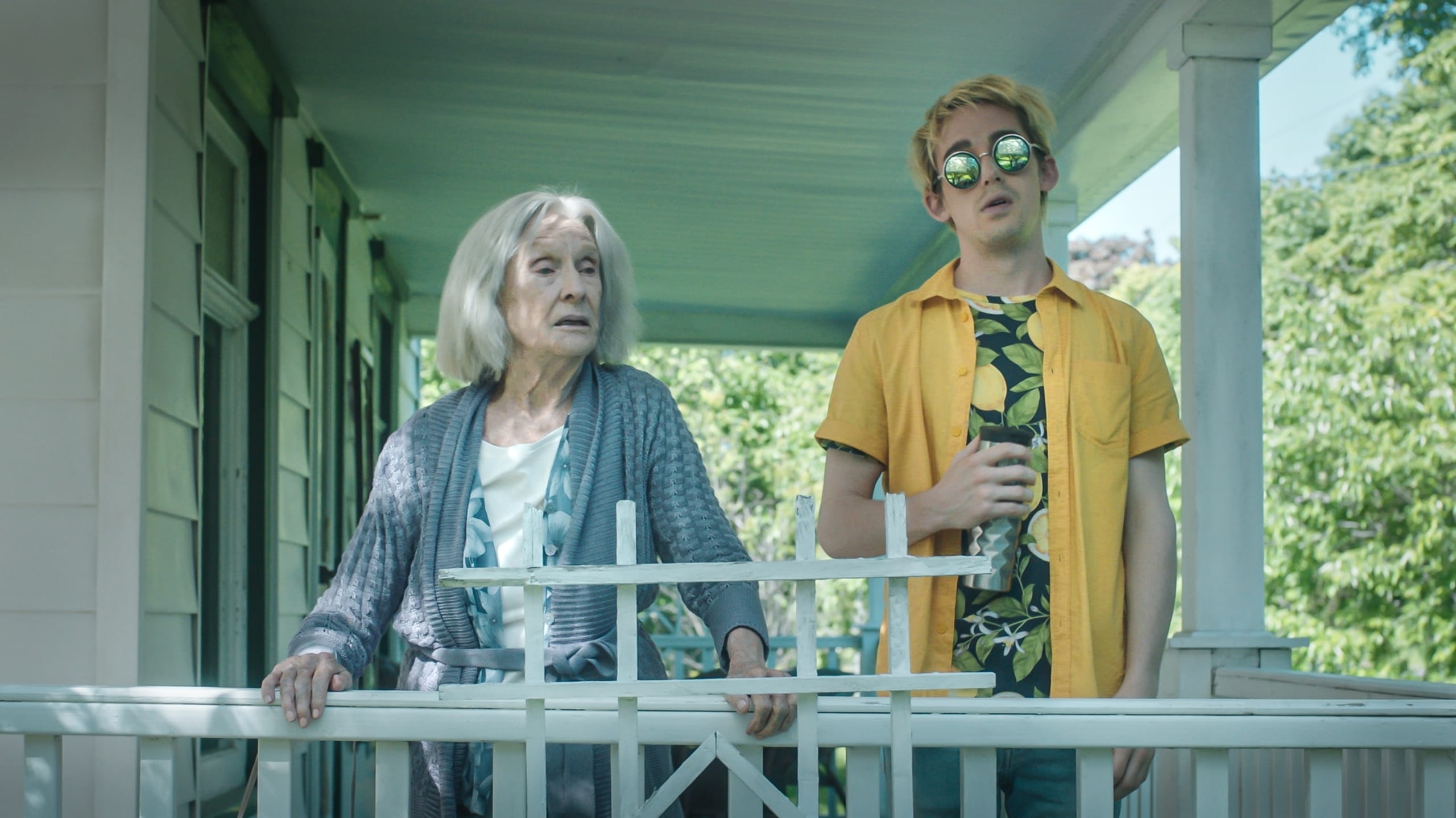

 Why you can trust Xtra
Why you can trust Xtra